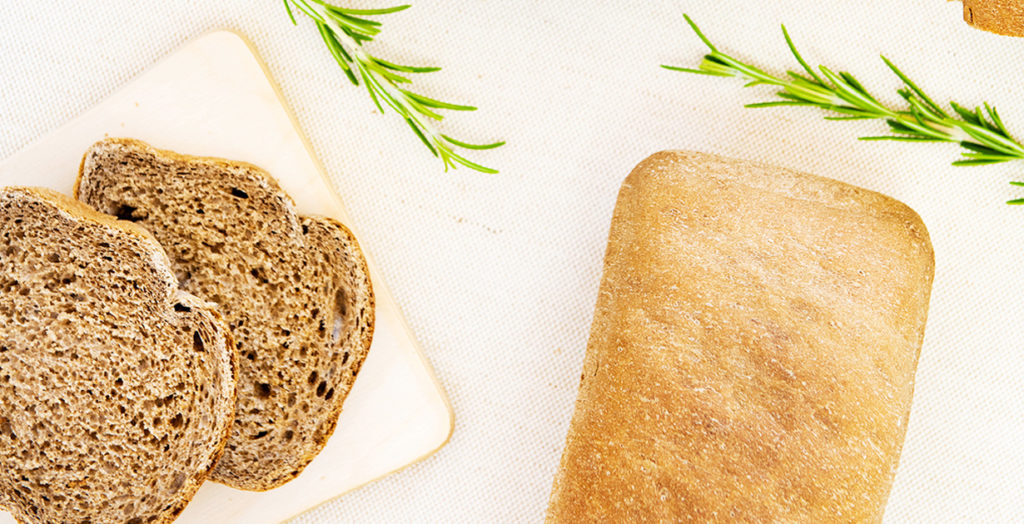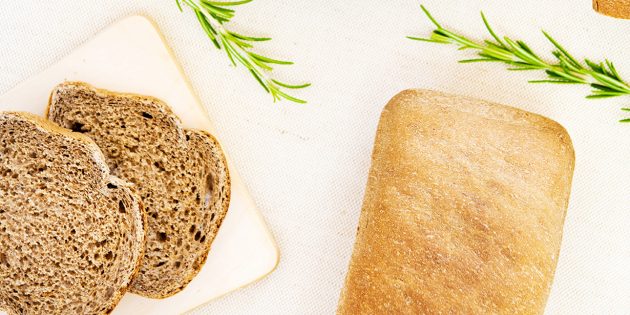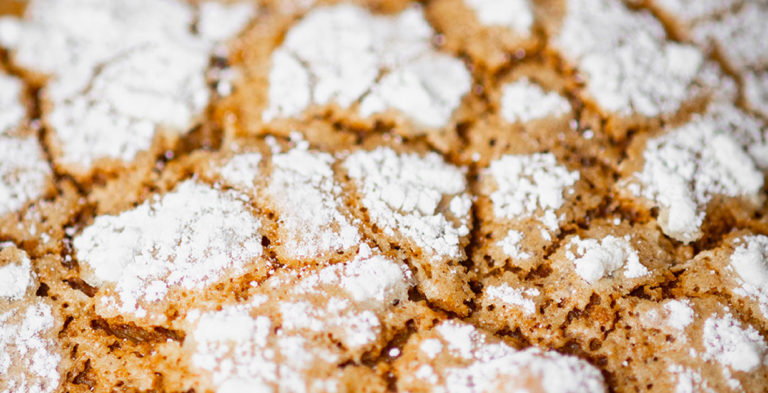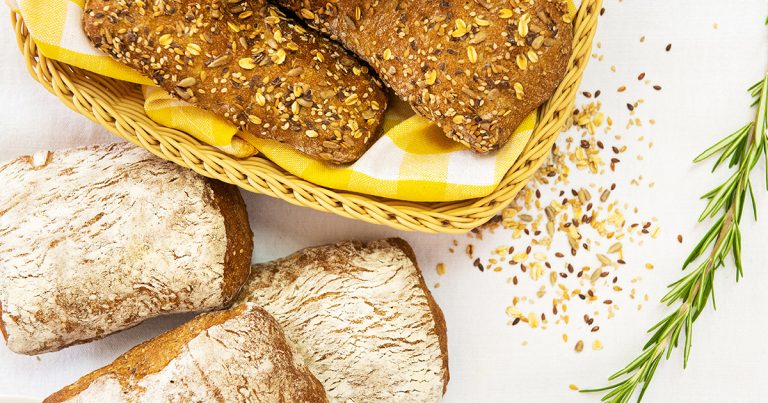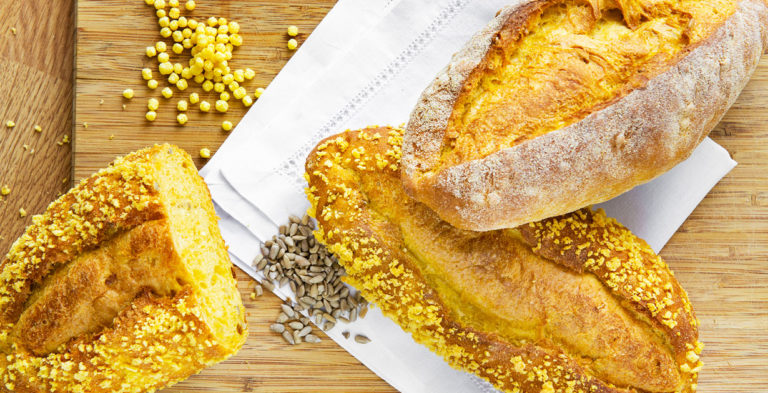Index
- Introduction
- Rye flour, how to bake the perfect bread
- A cereal with excellent nutritional properties
Introduction
In the past, rye was not a commonly consumed grain in Italy, except for the underprivileged population. Nowadays, rye is used significantly more, especially in the form of rye flour, to produce the renowned "black bread", an essential in the traditional cuisine of northern European countries.
Rye, among the many grains on the market, has uniquely distinctive characteristics compared to the others.
Rye flour, how to bake the perfect bread
Rye and wheat belong to the same family of Poaceae, although rye, as opposed to wheat, has one peculiarity; the protein complex contained in rye is less tenacious than that contained in wheat. Bread making is also hindered by the high percentage of fibers which tends to absorb a large quantity of water, preventing the rising of the gluten mesh. Therefore, it results in a very dense, compact crumb, dark and rich in water.
For a more satisfactory leavening, the secret is to combine sourdough to rye flour, in order to obtain a more voluminous dough compared to traditional black bread. This guarantees a bread with an acidulous taste, while respecting the properties of the grain. An inviting aroma and a characteristic color.
Sourdough also allows for a longer shelf-life of the finished product.
Rye bread and sourdough, have synergistic characteristics that stem back to wholesome, traditional, genuine and homemade products.
In mountainous regions, where it originates, it is good to savour it together with typical products of these areas, such as, seasoned or fresh cheese, sausages or smoked meats such as speck. It is also delicious with a thin layer of butter or transformed in small crunchy croutons to be added to winter soups.
A cereal with excellent nutritional properties
Appreciated mainly for its numerous nutritional properties, rye is, in fact, rich in:
- Fiber;
- Minerals;
- B group vitamins.
The high content in fibers has an important beneficial effect on our body: it increases the sense of satiety and has a prebiotic effect on the intestinal bacterial flora, whereas the low glycemic index contributes to keep sugar levels in our blood under control.
Rye is also rich in minerals and vitamins, such as sodium, potassium, calcium, iodine, iron and folic acid, vitamins of group B, which are mainly present in the germ and in the bran. All known as precious allies for our wellness.
Besides having important nutritional characteristics, rye is particular because it is cultivated in unusual places as compared to other cereals. In Italy, rye fields are found in mountainous areas above one thousand meters of altitude, like Piedmont, Trentino and Lombardy. In fact, this cereal is resistant to low temperatures and it is capable of adapting to poor soils, sandy or with high acidity. Moreover, the cultivation of rye protects soils from erosion and enriches them with nitrogen, potassium and other important organic substances useful to nourish the soil.
If you would like to stay informed on the world of mixes relating to baked goods and its valuable benefits, you can find us on Instagram: promix.srl

